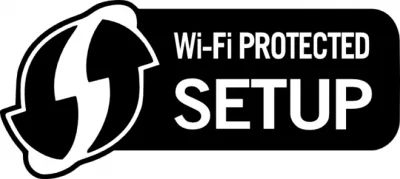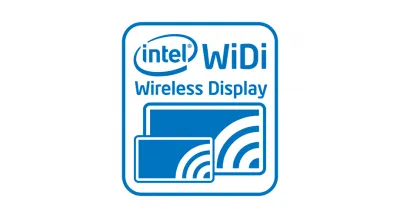DLNA
DLNA is a modern technology that allows you to combine electronic devices into a single digital chain to transmit ∕ receive various media content (photos, music, video). We are mentioning it today not by accident because this standard is a good solution for making your laptop, smartphone, tablet, TV, player, camera, audio system and other devices "friendly" with each other at home.
Do you take a lot of pictures with your favorite digital camera but then you do not have time to print them (you have to turn on your PC, copy the pictures there, then print them - it takes so long!) Do you keep all your important documents on your laptop, but you want to view them on a big screen?
You have a free minute to play online, but the game on your smartphone is not the same as on your tablet? All these problems (and many others) can be easily solved by using DLNA (Digital Living Network Alliance).
It's not surprising that with the appearance of SMART televisions the technology we are talking about today has reached its peak of popularity. Most of the time people use computers and TVs, that's why we will tell you briefly how to connect them.
Do you take a lot of pictures with your favorite digital camera but then you do not have time to print them (you have to turn on your PC, copy the pictures there, then print them - it takes so long!) Do you keep all your important documents on your laptop, but you want to view them on a big screen?
You have a free minute to play online, but the game on your smartphone is not the same as on your tablet? All these problems (and many others) can be easily solved by using DLNA (Digital Living Network Alliance).
Benefits of using DLNA
As you can see, there are more than enough:- easy automatic setup that even beginners can handle;
- streaming information (quickly and without delay) in real time;
- compatible with both simple networked devices (TV, media players) and advanced Home Interoperability Devices + Portable Gadgets
- Fast file sharing on almost any size
- No more flash drives, drives and cloud storage!
Apple products do not support DLNA.
It's not surprising that with the appearance of SMART televisions the technology we are talking about today has reached its peak of popularity. Most of the time people use computers and TVs, that's why we will tell you briefly how to connect them.
Customizing DLNA on computer and TV
Connecting these 2 devices (we repeat) is not difficult. All you need to do is to have ∕ to create a local network - you can't go anywhere without it! That's where Google is of help.- Next we need the standard Windows Media Player or software like Songbird.
- Connect the devices to our wireless network.
- Open the player > "Stream". Check the "Allow Remote Control" and "Automatically Allow Playback mine..."
- Check the location of the files that we want to use (they must all be on the C drive).
- Find the connected devices program in TV. If you have done everything right the C drive folders will show up. It is easy to activate and has a lot of advantages and that's why it deserves attention.




